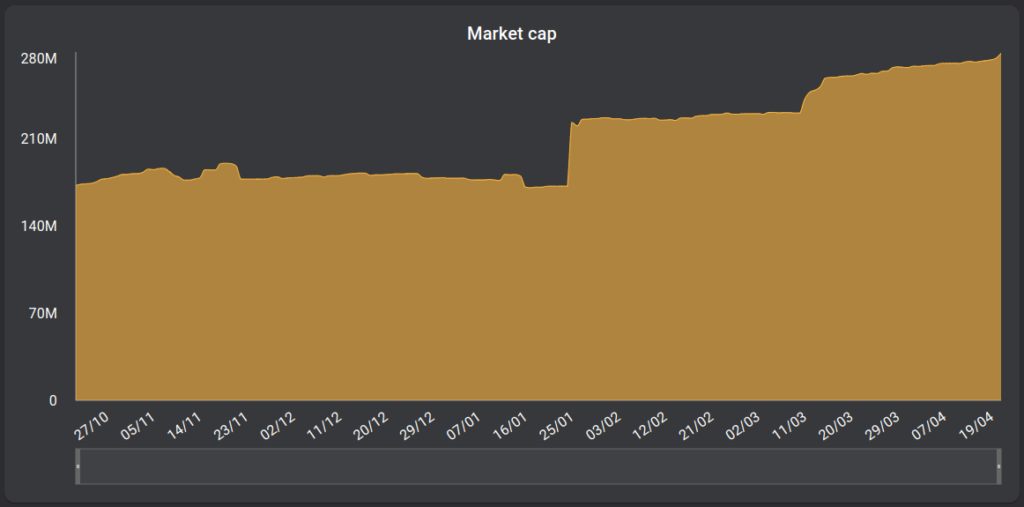In light of the recent stablecoin crisis, the Liquity protocol and its associated stablecoin, LUSD, have captured the attention of many within the cryptocurrency and decentralized finance (DeFi) communities. This deep dive will help you understand the Liquity protocol, its benefits, use cases, and the potential risks involved in using this decentralized borrowing platform.

What is Liquity?
Liquity is a decentralized borrowing protocol that enables users to obtain interest-free loans by putting up Ethereum (ETH) as collateral. These loans are issued in LUSD, a stablecoin pegged to the US dollar, with a minimum collateral ratio of 110%. The protocol is non-custodial, immutable, and governance-free, making it a truly decentralized option for borrowing stablecoins.
Key Benefits of Liquity:
- Borrowers enjoy a 0% interest rate
- Efficient use of deposited ETH with a 110% minimum collateral ratio
- Governance-free, automated operations
- Directly redeemable LUSD
- Fully decentralized and accessible through multiple interfaces
How to Use Liquity:
To access the Liquity protocol, you need a compatible wallet, such as MetaMask, and a sufficient amount of ETH. Although there are one-time fees associated with borrowing and redeeming LUSD, repaying loans is free. The platform does not charge interest rates, opting instead for a flat borrowing fee. Users can repay their loans at any time without accruing interest.
Main use cases of Liquity:
- Borrow LUSD against ETH (Trove)
- Secure Liquity by providing LUSD to the Stability Pool and earning rewards
- Stake LQTY (Liquity’s secondary token) to earn fee revenue
- Redeem 1 LUSD for 1 USD worth of ETH when the LUSD peg falls below $1
Generating revenue through the Liquity protocol:
- Deposit LUSD into the Stability Pool to earn liquidation gains (ETH) and LQTY rewards
- Stake LQTY to earn LUSD/ETH revenue from borrowing and redemption fees
Potential risks associated with Liquity:
- Borrowers may face collateral liquidation
- Stability Providers may incur losses in rare cases, such as when a Trove is liquidated below a 100% collateral ratio due to flash crashes or oracle failures
- LUSD might deviate slightly from the USD peg
Price stabilization mechanism for LUSD:
Maintaining the LUSD peg relies on users’ ability to exchange 1 LUSD for 1 USD worth of ETH. When the price of LUSD falls below $1, users are incentivized to redeem LUSD for ETH, thereby helping maintain the peg and stabilize the price.
Liquity’s smart contracts are immutable, meaning they can’t be upgraded or changed. They are all green in our security checks. To access Liquity, choose a web interface (frontend) operated by third-party applications & integration services.

While Liquity has been audited and designed for security, potential losses from hacks or bugs can never be completely ruled out. Always conduct thorough research and exercise caution when using any decentralized platform. With its unique features, benefits, and use cases, Liquity presents an innovative solution for borrowing stablecoins and is a valuable addition to the DeFi landscape.




